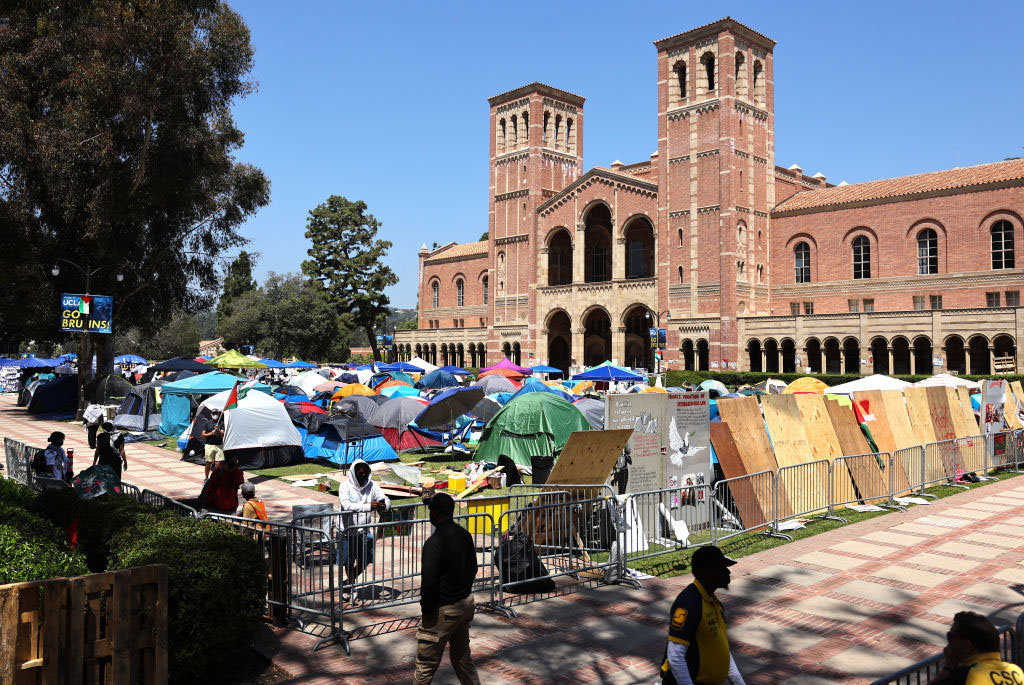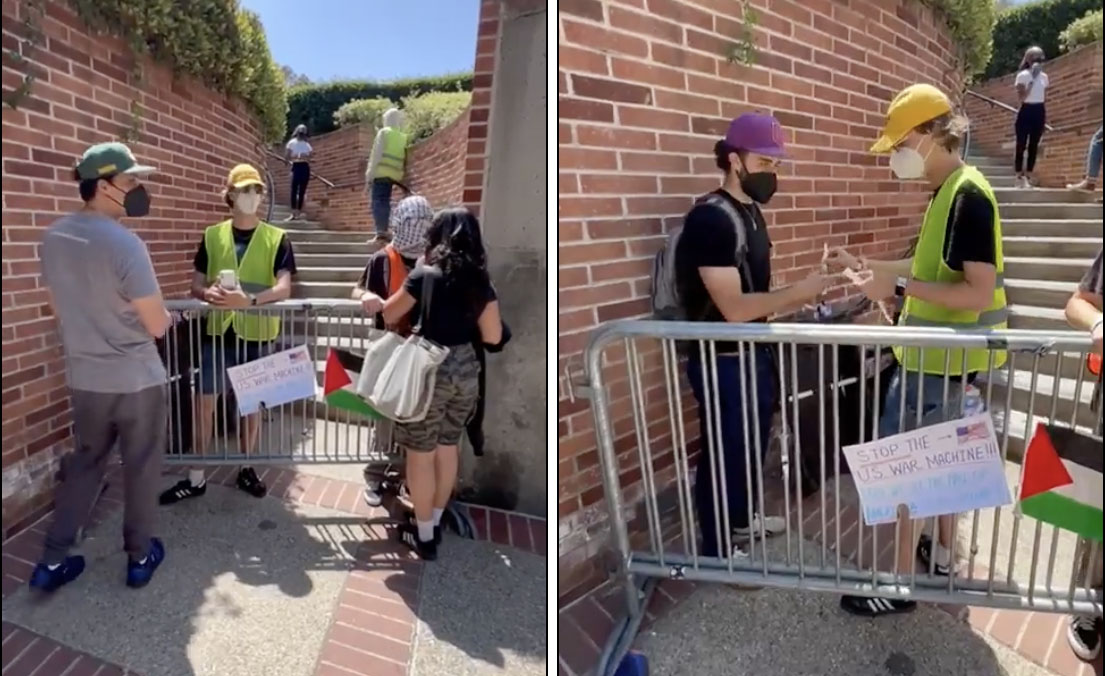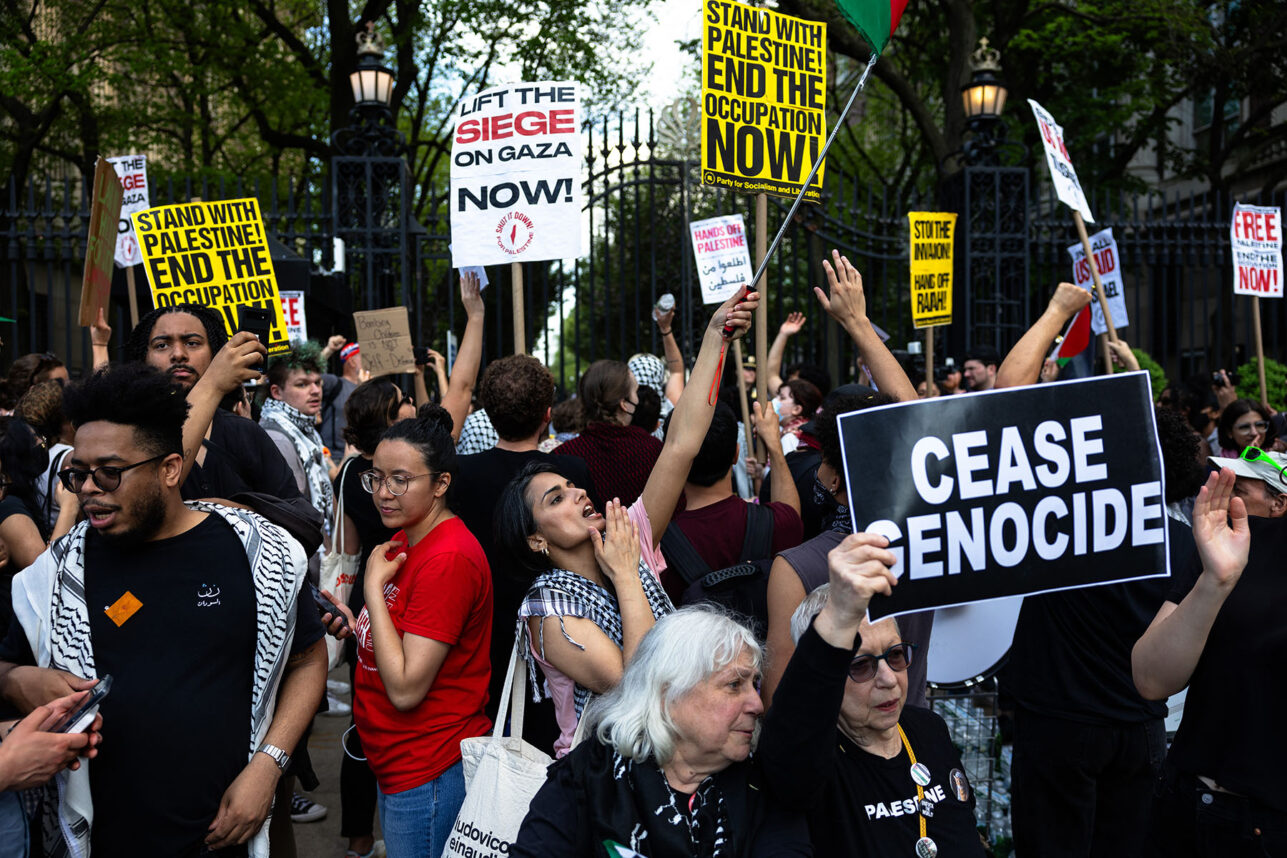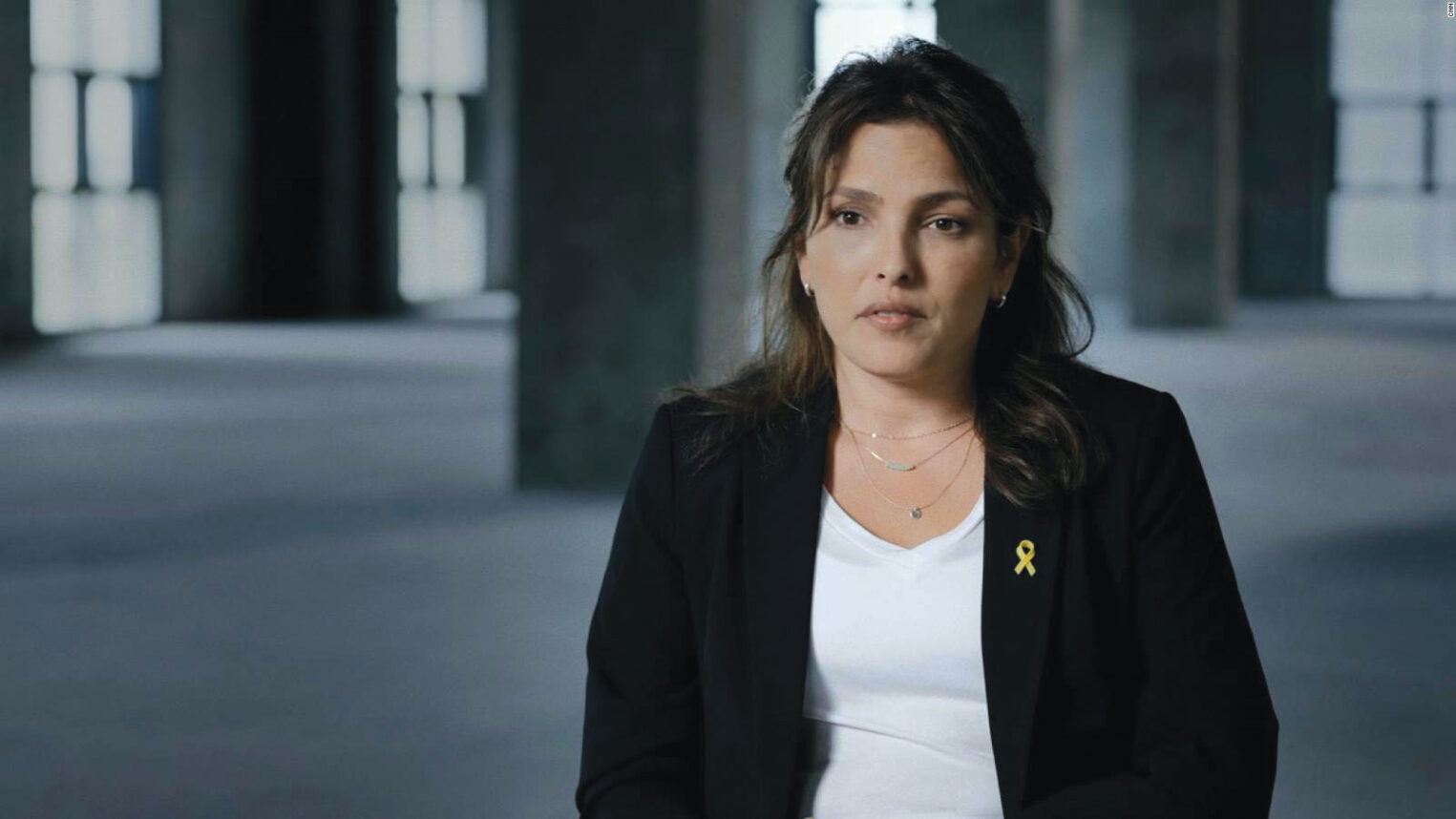Just about every kid who goes to Jewish preschool knows about tzedakah. The hand-decorated tzedakah boxes (pushkes in Yiddish) they bring home inspire them to drop in spare coins to help the needy.
But what about their parents? Most affiliated Jews are comfortable, even dedicated, to the idea of philanthropy. You might even say it’s in our genetic makeup, a part of our Jewish identity: tikkun olam, or repairing the world.
At its most basic level, tzedakah can mean dropping a few coins in a box. The greatest level is helping a needy person to become self-reliant.
“The word tzedakah, which has come to mean giving in most Jewish circles, actually carries a bouquet of meanings, including righteousness and justice,” said Rabbi Noah Zvi Farkas of Valley Beth Shalom in Encino and co-founder of Netiya: The L.A. Jewish Coalition on Food, Environment and Social Justice.
The Jewish community has no shortage of ways to teach people about the different ways to give.
“In our synagogue, the clergy speak about the importance of giving not just to the institution, but to fighting hunger, poverty and genocide,” Farkas said. “Our students bring hundreds of cans of food every week to our food bank, our teenagers regularly volunteer and donate to meaningful causes, and our adult community sees tzedakah as a foundational part of living a Jewish life.”
But tzedakah does not have to be synagogue based. In fact, many Jewish philanthropic organizations are not tied to a house of worship or any particular movement. American Jewish World Service targets aid to disaster zones across the globe. And groups such as Hadassah and WIZO (Women`s International Zionist Organization) focus their fundraising efforts on projects in Israel and other areas abroad.
Tzedakah can be as simple as placing a few cans of food in a SOVA collection barrel. Children can start their own projects. For example, my boys, ages 7 and 9, decided to recycle our cans and bottles and donate the money they earn to our synagogue. It’s a small amount, but it’s something they orchestrated on their own.
To get serious about giving, it’s good to have a plan.
“A family — parents, kids and even grandparents — can get involved in developing a giving plan by simply sitting down together and discussing their various charitable interests, the perceived needs in the community and what causes or fields of interest the family would want to impact,” said Dan Rothblatt, senior vice president of philanthropic services at the Jewish Community Foundation of Los Angeles (JCF).
Rothblatt, who oversees the $706 million foundation’s development efforts, says that regardless of your budget, it helps to have a plan.
“Then the family could determine a philanthropy budget by setting aside a certain amount for tzedakah — whether $500, $1,000 or whatever amount — and make their funding decisions as to which nonprofits on their wish list they want to contribute to and how much should be given to each. It’s a very engaging process, especially when the youth of the family are involved.”
Farkas suggests making charity a family activity that includes even young children.
“As parents, we know that our children watch every move we make. More than words, our actions matter,” he said. “When you write a check, do it as a family; make giving an event. When you host birthday parties or a bar mitzvah, tell your children to pick a toy to drop off at a shelter, or give 5 percent to charity. Explain that when we receive gifts, we have to pay it forward because that is the right thing to do.”
Another way to get involved in tzedakah is to consider planned giving. The JCF helps donors create long-term plans that offer tax incentives and an easy way to ensure continuity in charitable giving. The organization also offers a consulting service that helps donors find worthwhile organizations, as well as helping donors involve their children in their philanthropic endeavors.
Both Farkas and Rothblatt stress that tzedakah goes beyond giving money. Volunteering with a group that provides assistance to those who are less fortunate is equally important.
“Last year, more than 63 million Americans volunteered for a cause,” Rothblatt said. “So someone of limited means could certainly volunteer for a cause he or she is passionate about. Especially in today’s difficult economic environment, where many charities have been forced to lay off staff, they could use all the volunteer support they can get.”






















 More news and opinions than at a Shabbat dinner, right in your inbox.
More news and opinions than at a Shabbat dinner, right in your inbox.